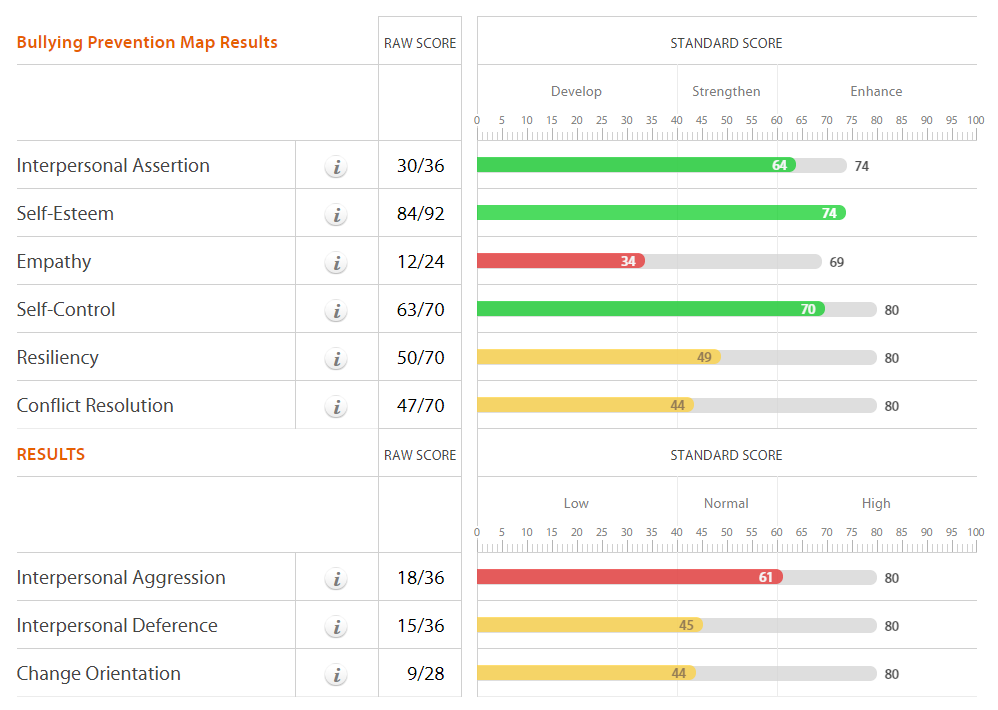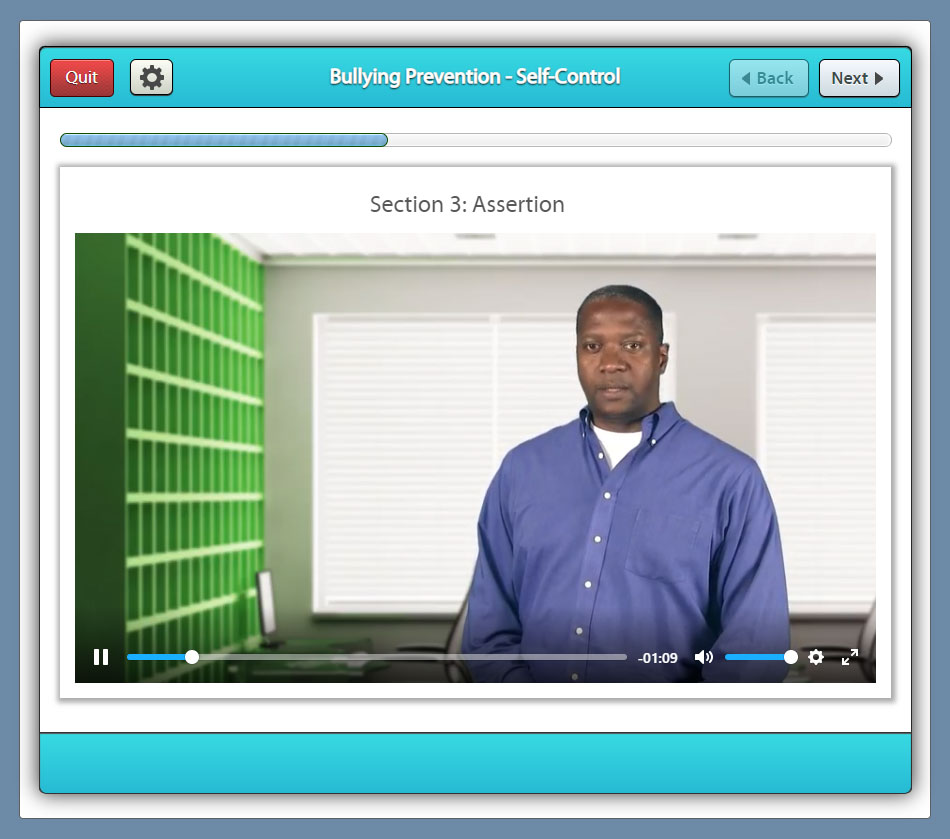The Bullying Prevention Program™
Research-based, assessment and skill building system that teaches how to develop an emotionally competent personality in which personal needs are met outside of the bullying process.
The Bullying Prevention Program™
Research-based, assessment and skill building system that teaches how to develop an emotionally competent personality in which personal needs are met outside of the bullying process.
There are many programs addressing the issue of bullying prevention but most programs focus on the knowledge or cognitive side rather than the affective or emotional side of the bullying process. The Bullying Prevention Program focuses on developing a healthy personality (emotionally competent) in which personal needs are met outside of the bullying process.
Research and Credibility
At the core of The Bullying Prevention Program is an evidence-based assessment called The Bullying Prevention Map, which is built of our Personal Skills Map and Personal Responsibility Map. With 174 Master and Doctoral-level dissertations, research papers, books and articles, a norm base of 35,000+ participants and over 9 million administrations, nothing else comes close in terms of credibility and validity.
The Bullying Prevention Map
The Bullying Prevention Map is the core assessment in this program. The map will help identify the key social/emotional factors related to a healthy personality It will also help identify individuals who might become part of the bullying cycle either as a bully (The Giver) or as a target of the bully (The Receiver). The primary focus is to help users understand their own social/emotional needs and learn how to meet those needs in a positive way that does not violate their rights or the rights of others.

Skill Enhancement Components
The entire Skill Intervention system consists of over 9 hours of self-directed, interactive, on-line, learning activities and post assessments. There are also several off-line individual and group activities. Each skill intervention contains approximately twenty-five short videos introducing key concepts with five hours of online instruction, and individual and group activities. Our instructor-led version can be used for more intense intervention.
The skill interventions include:

Interpersonal Assertion addresses how to effectively use direct, honest and appropriate expression of thoughts, feelings and behaviors in dealing with others. This is the desired communication style for both The Giver and The Receiver.

Self-Esteem is a perceived level of self-worth. The Giver uses the bullying process to bolster feelings of inadequacy while The Receiver’s Interpersonal Deference is highly correlated to low levels of self-esteem.

Empathy is the ability to sense, understand and accept another person’s thoughts, feelings and behaviors. A lack of empathy allows Givers to avoid the negative effects of their bullying behavior.

Self-Control is the ability to handle personal feelings and emotions in difficult life situations. This is a critical skill for both The Giver and The Receiver.

Resiliency includes the ability to proactively work through processes and activities and cause bottom-line results to happen. Research shows that those participating in the bullying process are more likely to participate again. Resiliency helps one recover from those negative effects and stops the bullying process from repeating itself.

Conflict Resolution is the process of resolving or finding a solution for some sort of disagreement, fight, or form of oppression. Conflict resolution includes the ability to help opposing parties or opposites agree on some common action. This is also a critical skill for both The Giver and The Receiver.
The Management System
All assessments and instruction are electronically integrated into our management system, eliminating the expensive and time-consuming activities of assigning, scoring and reporting results, and freeing up the program administrator to help where needed. Program accountability is electronically built into the system.
While doing all this, the management system is tracking , scoring, benchmarking, storing and printing information on each user in the system.
You Can’t Discipline Your Way Out of the Problem
Recently the U.S. Department of Education sent guidance from the director of the Office of Special Education Programs, Ruth Ryder, to all public schools stating that schools are required to provide positive behavioral supports to students with disabilities. One major reason these supports are needed is because these students are frequently targets for bullying.
Common Targets of Bullying
It is no secret that the favorite target of most bullies is students with disabilities. In fact, although only ten U.S. studies have been conducted on the connection between bullying and developmental disabilities, all of these studies found that children with disabilities were two to three times more likely to be bullied than their non disabled peers. (Disabilities: Insights from Across Fields and Around the World; Marshall, Kendall, Banks & Gover (Eds.), 2009 )
One study shows that 60 percent of students with disabilities report being bullied regularly, compared with 25 percent of all students (Source: British Journal of Learning Support, 2008). That being said, it is time that we have a frank discussion on the bullying process and how to deal with it in a positive way. After all, you can’t discipline your way out of this problem.
A starting point in the bullying process is to properly identify the unmet needs of both parties in the process—the bully or Giver and the target or Receiver—and then provide skill intervention to address those unmet needs. Once these needs have been identified the intervention process can begin. A properly designed intervention system will take the needs of both the Giver and the Receiver and create an positive intervention system that helps build a healthy personality for both.
Identifying Individual Needs in the Bullying Process
One of the best ways to identify individual personal needs in the bullying prevention process is to use an evidence-based assessment. Not just any assessment, but one that focuses on developing a healthy personality outside of the bullying process. The Bullying Prevention Map™ is such an assessment. The focus of the assessment is on the social/emotional needs involved in the bullying process. The scales in the assessment correlate to positive intervention and the supports needed to help overcome the bulling process. Our new Bullying Prevention Program provides an evidence-based assessment that is connected to a skill intervention system.
We have helped over 13,000 organizations to help millions of people maximize their personal and professional success with our easy-to-use online assessment and skill building tools in Conover Online.

Utilize our unique credentialing system to recognize your participants success in our programs.



